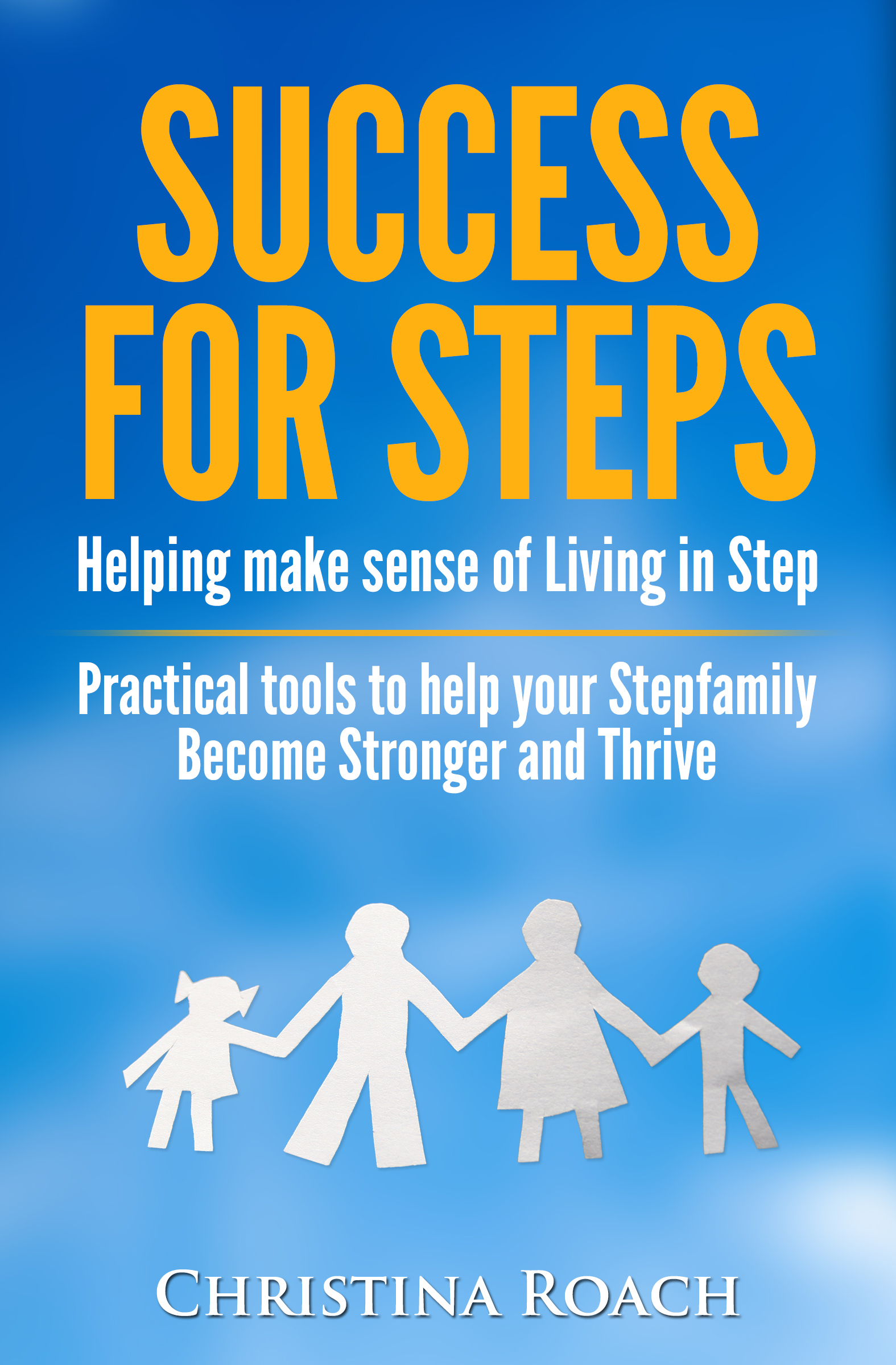Today's Families are Stepfamilies
It may be surprising, but more than half of today's families in the United States are stepfamilies! And while the statistics are staggering, it is curious that stepfamilies fail to be duly recognized in our society although they are rapidly becoming the dominant family unit structure.
According to the Stepfamily Foundation:
- 1300 new stepfamilies are forming every day with an estimated 15-20 million remarried, repartnered, and stepfamily couples in the United States – and this number continues to increase yearly (Bramlett & Mosher, 2001, 2002; Robertson, Adler-Baeder, Collins, DeMarco, & Fein, 2006 as cited in Gurman, 2008)
- Over 50% of US families are remarried or re-coupled
- The average marriage in America lasts only seven years
- One out of two marriages ends in divorce; 75% of those divorced remarry and 66% of those living together or remarried break up, when children are involved
- Stepfamilies face the greatest risk for divorce during the first 2 years (Bray & Kelly, 1998 as cited in Gurman, 2008)
- Roughly 1/3 of stepfamilies fail during these highly fragile first 2 years
- 80% of remarried, or re-coupled, partners with children both have careers
- 50% of the 60 million children under the age of 13 are currently living with one biological parent and that parent's current partner
- According to the Stepfamily Foundation's estimates more than 50% of divorced fathers children visit their children and these children do not legally 'reside' with their fathers
- 75% of stepfamilies complain of "not having access to resources as a stepfamily," according to a recent Stepfamily Foundation survey of 2000 web questionnaires
- 80% of married women have careers and women are less dependent on the support of the male partner
- Over 80% of women who enter into stepfamilies are career women
- Men who choose to end a marriage also know that career women cost less to divorce
- 50% of all women, not just mothers, are likely to live in a stepfamily relationship, when we include living-together families in our definition of the stepfamily
Statistics on Unmarried, Cohabitating and Gay and Lesbian Stepfamilies
Collected from: Stewart, S.D. (2007). Brave New Stepfamilies. Thousand Oaks: Sage.
-
1/3 of all children entering stepfamilies were born to an unmarried mother rather than having divorced parents (National Survey of Families and Households)
-
Bumpass et al. were first to research difference between stepfamilies created by non-marital childbearning and those created by divorce or death of a spouse in 1995
-
40% of unmarried mothers are living with their child’s biological father at the time of birth, but because of the fragility of cohabitating relationships, one in three of these families break up.
Interesting Finding
It has been found that in first marriages marital satisfaction starts out high and then declines. The reverse is true for stepfamilies where marital satisfaction starts out low and then climbs. (Bray & Berger, 1993; Hetherington & Clingempeel, 1992 as cited in Gurman).
Source: Gurman, A. S. (Ed.). (2008). Clinical handbook of couple therapy (4th ed.). New York, NY: The Guilford Press.
According to the National Stepfamily Resource Center:
The U.S. Census Bureau recently decided to discontinue providing estimates of marriage, divorce, and remarriage except for those that are available from our current census. Thus, many of our current estimates were derived from the 1990 census and earlier data sources.
Current estimates from 1988-1990 suggest:
- 52-62% of all first marriages will eventually end in legal (vs. psychological) divorce.
- About 75% of divorced persons eventually remarry.
- About 43% of all marriages are re-marriages for at least one of the adults.
- About 65% of remarriages involve children from the prior marriage and form stepfamilies.
- 60% of all remarriages eventually end in legal divorce.
Information from the most recent Vital Statistics Report (1998) shows:
- Of American children under 18 years of age:
- 68.1% live with two parents (down from 72.5% in 1990)
- 23.3% live with only their biological mother (down from 24.2% in 1990)
- 4.4% live with only their biological father (up from 3.9% in 1990)
- 3.0% live with other relatives (up from 2.2% in 1990)
- 1.2% live with nonrelatives (up from .5% in 1990)
- There are no recent estimates on the percentage of children residing in stepfamilies.
- Our most recent information is from 1990 and shows that of the children under 18 years of age living in two-parent households:
- 76.1% live with two biological parents.
- 1.4% live with two adoptive parents.
- 10.3% lived with a biological mother and stepfather.
- 0.6% lived with a biological father and stepmother.
- 9.8% lived with a combined stepmother-stepfather household.
- 1.3% lived with a biological parent and an adoptive parent.
These statistics underestimate the number of U.S. stepfamilies, because...
To date, government reporting of population figures indicate families in which the child resides. So if the child lives with a divorced, single parent and the other nonresident parent has remarried, the child is not included in the calculations as being a member of a stepfamily.
Estimation efforts by Bumpass, Raley, and Sweet (1995), using data from 1987-1988 suggest that many children living in a "single parent household" (as designated by the Census Bureau) are actually living with two adults. Thus, their best estimates indicate that about 25% of current stepfamilies are actually cohabiting couples.
- They show that if only children residing in legally married stepfamilies are included, 23% of children would be designated as living in a stepfamily.
- When children are included who live with a cohabiting parent, the figure rises to 30%.
- They suggest that 2/3rds of all women, and 30% of all children, are likely to spend some time in a stepfamily, using the more liberal definition that includes cohabiting adult couples.
Other information from 1988-1990 sources:
- One of three Americans is now a stepparent, a stepchild, a stepsibling, or some other member of a stepfamily (Larson, 1992).
- More than half of Americans today have been, are now or will eventually be in one or more step situations during their lives (Larson, 1992).
- The most common stepfamilies where children reside are stepfather families or combined stepfather-stepmother families. In this latter case, his children from the prior marriage typically do not reside in the stepfamily
Sources:
- Bumpass, L.L., Raley, R.K., & Sweet, J.A. (1995). The changing character of stepfamilies: Implications of cohabitation and nonmarital childbearing, Demography 32, 425-436.
- Glick, P.C. (1989), Remarried families, stepfamilies, and stepchildren: A brief demographic profile, Family Relations 38, 24- 28.
- Glick, P.C. & Lin, S.L. (1987), Remarriage after divorce: Recent changes and demographic variation, Sociological Perspectives 30(2), 162- 167.
- Larson, J. (1992), Understanding stepfamilies, American Demographics 14, 360.
- Norton, A.J., & Miller, L.F. (1992), Marriage, divorce, and remarriage in the 1990s, Current Population Reports (Series P23-180), Washington, DC: Government Printing Office
- U.S. Bureau of the Census (1998), Marital status and living arrangements, Current Population Reports (Series P20-514), Washington, DC: Government Printing Office.
Data retrieved from sources noted, the Stepfamily Foundation and the National Stepfamily Resource Center.















